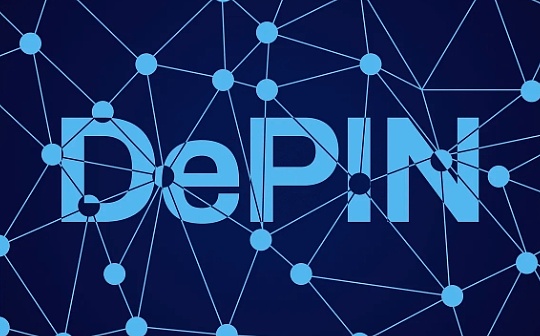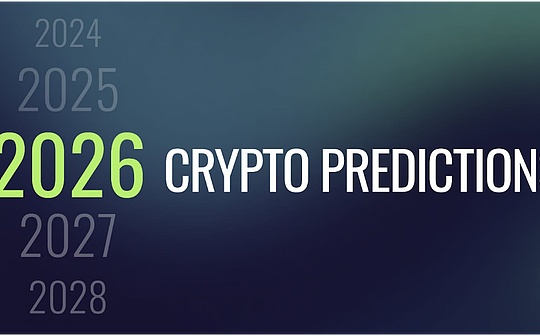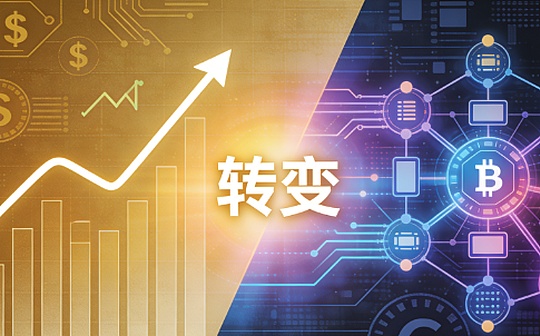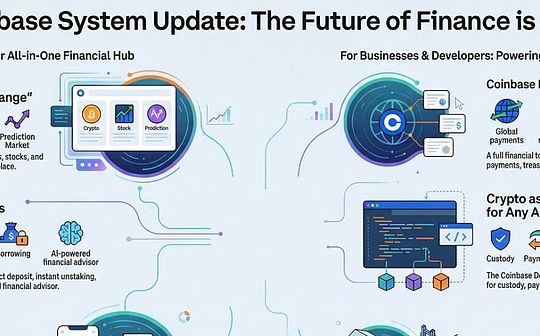
Author: Paul Veradittakit, partner at Pantera Capital; compiled by: Wuzhu, Bitchain Vision
Decentralized Physical Infrastructure Network (DePin) is a combination of blockchain and infrastructure networks. It has been used in energy, telecommunications, storage, artificial intelligence, data collection and other industries.
In the last crypto cycle, many projects took advantage of DePin’s hype to find problems with huge market opportunities, but when core products failed to gain attention in terms of demand and supply, they turned to crypto token economics.
However, for those surviving companies, many have taken the time to build their infrastructure, so many have created sustainable revenue by solving existing problems, even independent of the token economics flywheel.Let’s do them!
Geodnet (Real-time Kinematics)
The core issues being solved
Traditional GPS systems often lack the accuracy required for advanced applications that require centimeter-level accuracy rather than meters-level accuracy.Compared with traditional GPS technology, Geodnet’s solutions can improve positioning accuracy by 100 times.
Target customers
Geodnet serves industries that rely on high-precision geospatial data, including:
– Self-driving cars
– Agriculture
– Smart City
– National Defense and Security
– Space Exploration
Profit model
– Data License: Selling geospatial data to commercial customers.
– Node participation fee: fees related to miner installation and use.
– Partnership: Work with industries such as autonomous systems to integrate Geodnet services into existing workflows.
In 2024, Geodnet reported revenue growth of more than 500% year-on-year to $1.7 million, with an operating rate of more than $2.2 million by the end of the year.
Token Economics
Geodnet uses its native GEOD tokens to inspire participants:
– Miners earn tokens based on data contributions and network uptime.
– Destruction mechanism: Tokens are destroyed during data trading, increasing deflationary pressure.
– Daily Earnings: The average daily earnings per miner are approximately $4.30, with an estimated return period of 3-4 months.
– Circulation: Tokens are distributed to ensure liquidity while incentivizing early adopters.
– Token utility: used for payment, staking and governance within the network.
Participation and contribution
1. Become a miner:
– Purchase miner equipment (prices between $500 and $700).
– Set up the miner and connect it to the network, uploading 20-40GB of data per month.
2. Use the network:
– Access RTK correction data via subscription or direct purchase.
3. Develop applications:
– Build software for specific industries using Geodnet’s data.
4. Governance:
– Participate in agreement governance by staking GEOD tokens and voting on proposals.
Helium (Wireless Infrastructure)
The core issues being solved
Traditional mobile network operators (such as T-Mobile) need a large amount of capital expenditure to build mobile phone towers, maintain infrastructure and expand coverage.Helium solves this problem by creating a distributed wireless network that leverages community-owned hotspots to provide affordable, scalable, and resilient connectivity to mobile and IoT devices.
Target customers
1. Consumer – Offering affordable mobile packages ($20 per month) through its decentralized network, delivering unlimited data.
2. Telecom provider – Provide WiFi offloading to major operators to reduce their infrastructure costs.
3. IoT Device Manufacturer – Provides connectivity to low-power IoT devices through the LoRaWAN protocol.
4. Enterprise – Helps organizations deploy private wireless networks for asset tracking, sensors and environmental monitoring.
Income model
Helium generates revenue through two main channels:
1. Direct-to-consumer mobile plan:
– Use Helium Hotspots and a network of partners such as T-Mobile to offer unlimited plans for $20 per month.
2. Operator WiFi uninstallation fee:
– Charges a telecom provider of $0.50/GB to unload data through Helium’s decentralized hotspots (rather than traditional cell phone towers).
Financial performance
– Users: More than 100,000 direct mobile users and more than 300,000 indirect WiFi uninstall users.
– Revenue: Seven-digit annualized on-chain revenue is generated through mobile subscriptions and carrier uninstall fees.
– Forecast: As carrier partnerships expand, it is estimated that the potential revenue for WiFi offload alone will exceed $50 million per year.
Token Economics
Helium’s HNT token is at the heart of its incentive and payment structure:
1. Earn rewards:
– Hotspot operators earn HNT by providing coverage and transferring data.
2. Practicality:
– Tokens are used for online transactions, data usage payments and governance proposals.
3. Destruction mechanism:
– HNT tokens are destroyed when used to pay for network services, thereby reducing supply and causing deflationary pressure.
How to participate, contribute, and visit Helium
1. Hotspot deployment:
– Buy and set up Helium-compatible hotspots to provide network coverage and earn HNT rewards.
– Choose from 16 approved hardware types designed for IoT or mobile offloading.
2. Consumer Plan:
– Subscribe to Helium Mobile’s $20/month plan to enjoy affordable mobile data coverage.
3. Operator Partnership:
– Telecom providers can integrate with Helium to offload data traffic, thereby reducing operational costs.
4. Governance and pledge:
– Stake HNT tokens to participate in network governance, make recommendations for upgrades and vote on key changes.
Akash (calculation)
The core issues being solved
Akash solves the high cost, scalability limitations, and centralization issues for traditional cloud computing providers such as AWS, Google Cloud, and Microsoft Azure.Akash solves this problem by providing a decentralized cloud computing market that allows users to monetize idle machines at a lower cost.
Target customers
1. AI Developers – High-performance GPUs are required to train and deploy machine learning models.
2. Startups and Enterprises – Requiring affordable and scalable cloud computing to support data processing, storage and AI-powered applications.
Income model
Akash generates revenue by:
1. Market Fees – A transaction fee is charged for calculation of leases and payments processed through the network.
2. Compute Resource Lease – Earn some of the revenue generated from AI training and workloads from GPU and CPU Lease.
3. Developer Tools – Use its compute infrastructure to monetize API integration and SDK licensing fees for developers.
4. Enterprise Partnership – Work with AI labs and decentralized platforms to expand computing power.
Financial performance
– Annual Income: Akash reports that 2024 calculated rental and expense income is $2.5 million.
– Growth rate: GPU computing resources demand has increased 33 times, driven by AI adoption.
– Network size: Supports over 400 GPUs
Token Economics
Akash uses AKT tokens for payments, governance and incentives.
1. Practicality:
– Payment – Buyers use AKT tokens to pay for computing resource fees.
– Staking – Providers stake tokens to ensure work and improve reputation.
2. Motivation:
– Providers earn AKT tokens by providing computing resources.
– Tokens are allocated based on uptime, performance and job completion.
3. Governance:
– Token holders can propose an upgrade and vote on the agreement changes.
4. Destruction mechanism:
– Fees were destroyed, reducing token supply and increasing deflationary pressure.
How to participate, contribute, and access Akash
1. As a provider:
– Set up a GPU, CPU, or storage server on the Akash network.
– List resources, set prices and start earning AKT tokens.
2. As a consumer:
– Rent compute resources using the Akash web interface or CLI.
– Deploy AI training workloads, web services, and decentralized applications.
3. As a developer:
– Access API and SDK to integrate Akash’s services into your application.
– Use GPU clusters for deep learning training or inference tasks.
4. Governance participation:
– Stake AKT tokens to vote on network upgrades and resource pricing policies.
Outlook
The above is just a short list of some viable and sustainable income projects.The next few months will undoubtedly see an increase in acceptance of DePin and generate more sustainable, scalable and profitable companies.
These companies are consumer-oriented, but another aspect that excites me is infrastructure.The underlying blockchain, oracle services, smart contract services, middleware, integration, token release services, etc. are the areas of companies that will gain huge benefits from increasing the use of DePin projects.Some examples include Solana, Peaq, Base, Story, Arweave, Opacity Network, and DeForm.








